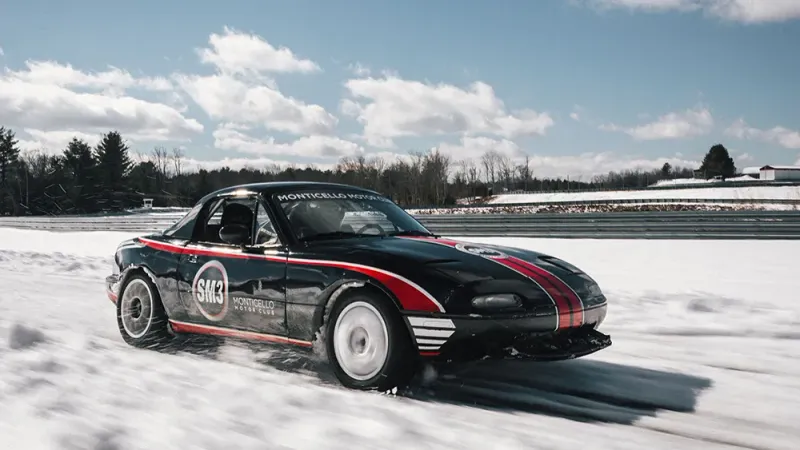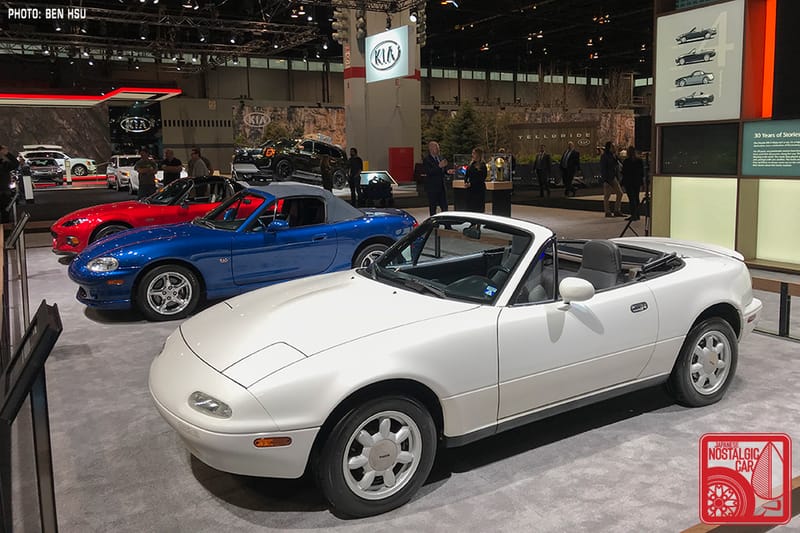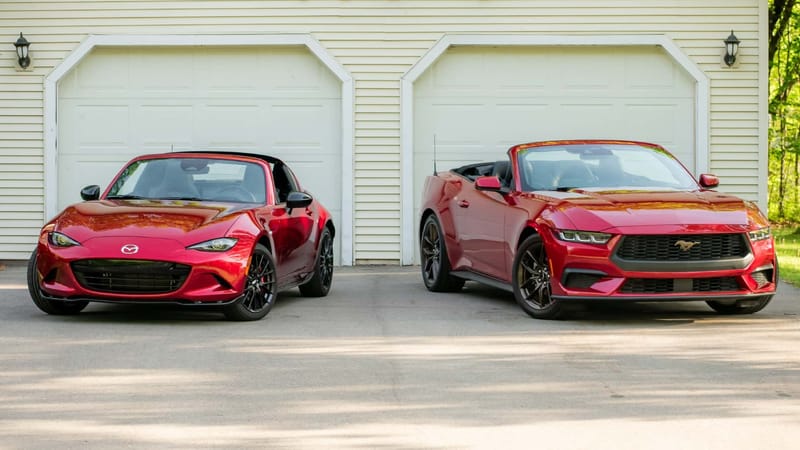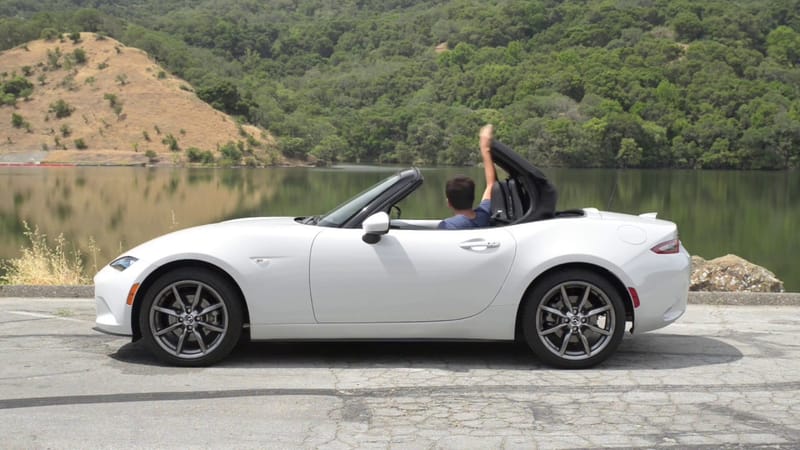What We Hope to See in the Miata’s Sixth Generation (NE)
The next-gen Mazda Miata NE is generating buzz among enthusiasts, with debates over hybrid tech, design, weight, and powertrain choices. Expected by 2026-2030, fans demand a lightweight, RWD roadster with a manual option. Mazda needs to blend tradition with modern emissions and tech upgrades.
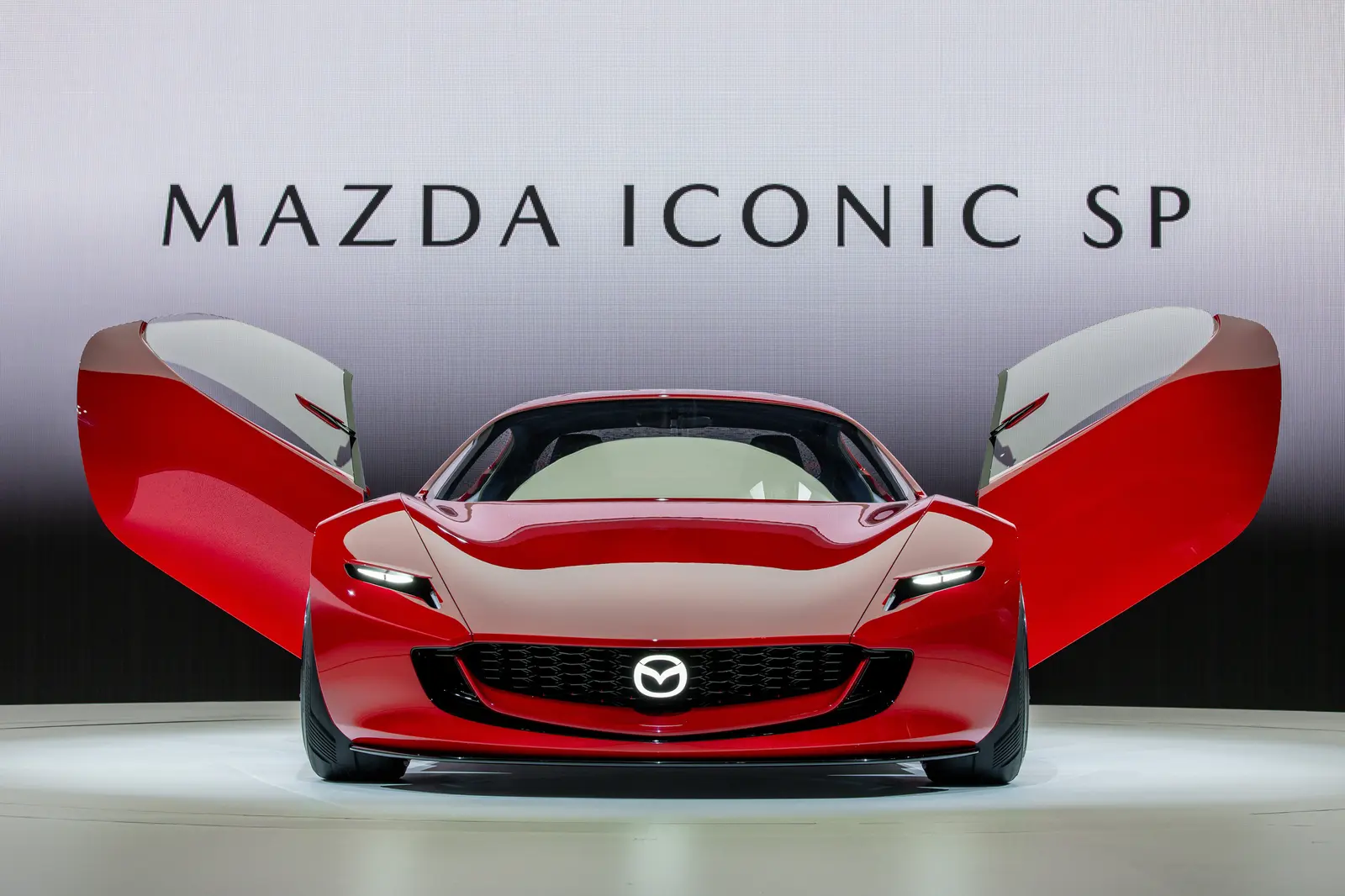
Ever since Mazda rolled out the first MX-5 Miata in 1989, this little roadster has been a symbol of carefree, top-down driving fun. Through four generations, NA, NB, NC, and ND, the Miata stuck to a winning formula: front-engine, rear-wheel drive, a lightweight frame, and an affordable price. Now, fans can’t help but wonder what the upcoming “NE” might bring. There’s a ton of chatter in the Miata community, with hopes and concerns ranging from engine choices to design tweaks and potential hybrid or electric power. Below, we’ll dive into the biggest topics on everyone’s mind.
Release: 2026, 2027… or 2030?
Some fans are convinced the next Miata could arrive as early as 2026 or 2027, which sounds soon, but a few rumors suggest Mazda might keep refreshing the current ND until closer to 2030. The reasoning is that battery technology might be better by then if Mazda decides to go hybrid or full electric. On the forums, a lot of people want Mazda to act sooner because they feel the ND is looking a bit dated. Others would rather the company take its time to ensure any hybrid system stays true to the Miata’s famously light and simple nature. Ultimately, most enthusiasts say they’ll patiently wait if it means Mazda will nail the formula, especially if that includes a small but effective hybrid setup that doesn’t weigh the car down.
Powertrain Possibilities
When it comes to what’s under the hood, Miata diehards have a few strong opinions. Many would be happy if Mazda kept the proven 2.0-liter SKYACTIV engine and simply tuned it to push over 200 horsepower. It’s a great engine already: high-revving, reliable, and efficient. At the same time, there’s a smaller group wishing for a naturally aspirated 2.5-liter (or bigger) that could deliver a solid bump in power, 220 to 250 horsepower, while still keeping that turbo-free character.

But stricter emissions standards aren’t going away, so a mild-hybrid setup might be Mazda’s best solution. A 48-volt system, for instance, could boost torque and fuel economy without needing a massive battery. Still, people worry about extra weight, higher complexity, and possible headaches for manual-transmission compatibility. A fully electric Miata stirs even more debate: the instant torque and quiet operation are cool, but the added battery weight, and the loss of that iconic engine note, give many fans pause. For now, a mild-hybrid compromise seems the most likely option.
Keeping the Miata Lightweight
“Light is right” has been the Miata mantra since 1989. From making hubs four-lug again on the ND to shaving grams off seat frames, Mazda has always worked hard to keep the car as light as possible. That’s why many people are uneasy about introducing hybrid or EV tech, since these systems typically add pounds. Still, advanced materials like aluminum or even carbon fiber could help if Mazda wants to offset battery weight. Some enthusiasts wouldn’t mind a track-focused trim that ditches certain luxuries (like heavy sound-deadening or power seats) in order to keep the overall curb weight in check. Whatever Mazda decides, weight control is a top priority. After all, the Miata’s unique, playful charm disappears when it starts to feel heavy.

Design: Classic or Cutting-Edge?
Style-wise, there’s a healthy split in the community. Some folks love the smooth, minimal shapes of the older NA and NB, while others are all for the sharper lines of the ND. A few hardcore fans still pine for pop-up headlights, though modern safety rules make that a long shot. On the flipside, there’s a possibility Mazda could take inspiration from future-oriented concepts, like the Iconic SP, and craft a design that’s more revolutionary.
When it comes to roofs, opinions are also divided. The NC’s Power Retractable Hard Top (PRHT) gave a coupe-like feel, while the ND RF’s targa-style roof looks sleek but doesn’t provide the same fully open experience. The classic soft top remains the lightest option and a hallmark of the Miata’s simplicity. Odds are Mazda will keep offering a manual soft top, with an optional power setup if they can do so without piling on the pounds.

Chassis & Handling
If there’s one thing that unites all Miata lovers, it’s the belief that rear-wheel drive is non-negotiable. Front- or all-wheel drive just wouldn’t feel like a Miata to most owners. The car’s superb handling is another key selling point, so there’s hope Mazda will keep refining the suspension and steering to preserve that famously direct feedback. Some fans want a step up from the Club trim, a true track-focused version with adjustable dampers or other performance goodies. But regardless of how fancy the NE gets, the biggest concern is preserving the nimble, balanced chassis that’s made the Miata such a joy to drive for decades.
Transmission
One of the firmest lines in the sand is the manual gearbox. For many enthusiasts, no stick shift = no Miata sale. While automatics have their place, particularly for commuters or those with daily stop-and-go traffic, Mazda would face massive pushback if it ever stopped offering a manual option. Thankfully, mild hybrids can be engineered to work with manuals, so there’s a decent chance the NE will include that choice. If Mazda borrows the new 8-speed automatic from the CX-90 for those who prefer two pedals, that’s cool too, as long as the three-pedal version sticks around.

Technology & Interior
The current Miata’s infotainment system isn’t terrible, but it’s a bit outdated next to newer cars. Fans would love to see wireless CarPlay/Android Auto, a smoother interface, and perhaps a slightly bigger screen that doesn’t hog too much dash space. Mazda’s been elevating cabin quality across its lineup, so expect better materials and an upscale feel in the NE, but hopefully not at the cost of making the car heavier or less driver-focused. Advanced safety features like lane-departure warnings and adaptive cruise are likely to appear, though most drivers will want the ability to switch them off for a pure, unfiltered drive. The same goes for traction and stability control, great when you need them, but not so great if they can’t be fully disengaged for track days.
The Enthusiast Divide on Electrification
Electrification is probably the biggest dividing line among Miata loyalists. On one hand, governments worldwide are tightening emissions regulations, and electric or hybrid drivetrains might be the only way to keep making the MX-5. The instant torque of an EV can be thrilling, too. On the other hand, the Miata’s lightweight simplicity and the visceral joy of a revving four-cylinder with a manual transmission are integral to its identity. The fear is that adding batteries and complex systems will dilute the car’s essence. At the moment, many fans say a mild-hybrid approach is acceptable, so long as it doesn’t pile on weight or kill the manual. A fully electric Miata might have to wait until battery tech is significantly more advanced and cheaper, so it can remain light, affordable, and fun.

Potential Transition to Biofuels or Alternative Fuels?
Some enthusiasts point out that Mazda has explored alternative fuels like algae-based biofuels, which could keep the Miata running on an internal combustion engine without crushing its eco-credentials. The idea is still pretty speculative, but it certainly intrigues people who want the Miata to stay gas-powered in a changing world. Whether or not this becomes mainstream remains to be seen, but it’s nice to know Mazda is open to creative solutions.
Looking ahead to the NE generation, Mazda faces a tricky balancing act: blending the Miata’s beloved heritage with modern realities like emissions standards, safety regulations, and technological advances. For the fans, the must-haves are pretty clear: keep it light, keep it rear-wheel drive, and keep a manual transmission on the table. If electrification is part of the deal, most people can tolerate a small hybrid system, provided it doesn’t ruin the car’s soul or add too many pounds.
After more than three decades, the Miata remains the king of affordable fun, and enthusiasts trust Mazda’s engineers to deliver another winner. If the company can manage a next-gen roadster that stays true to its lightweight roots while gracefully adapting to a hybrid or eventual electric future, then the Miata’s “always the answer” reputation is sure to live on for many years to come.

